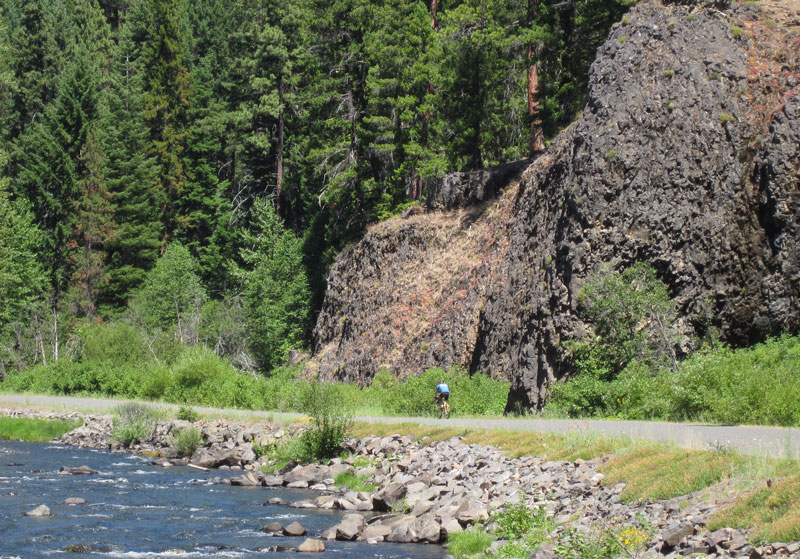Coming up on 10 years

Bicycle Quarterly is entering its 10th year! We recently mailed Vol. 10, No. 1, the Autumn 2011 issue.
It has been a remarkable journey, and it is nice to see how much the bike industry has changed over the last decade – for the better. Quite a few things that we recommended over the years – often with a sigh, “Well, these are great, but good luck finding them” – are common today. Here are a few examples:
Compact Cranks
Compact cranks were popular with 1950s randonneurs. After I rode a 1962 Alex Singer in a long brevet, the first issue of BQ had an article titled “Who needs a triple? Get rid of your big chainring!” Back in 2002, most component makers offered only limited crank choices:
- “racing” cranks with 53-39 chainrings: gearing that was too big for most riders
- triples: wide tread/Q factor and inferior shifting
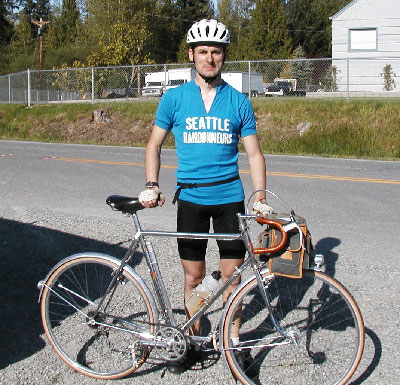
We wrote that using a smaller “big” ring with the small ring of a triple, like 46-32, was close to an ideal combination for most riders. Others were thinking along the same lines: two years later, Campagnolo introduced their “Compact” cranks, starting a trend. Today, most riders choose compact cranks over racing cranks and triples. Campagnolo does not even offer triple cranks any longer!
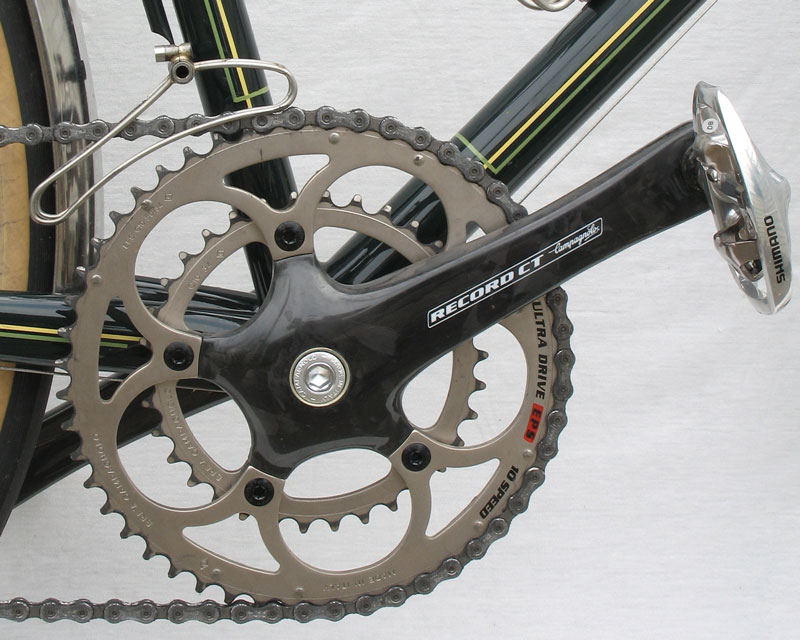
Fully Integrated Bikes
When we started publishing Bicycle Quarterly, the concept of a constructeur, who makes a fully integrated bike, was almost unknown in North America. (There were a few pioneers, like Mike Barry in Toronto and Jitensha Studio in Berkeley.)
Even if you bought a custom-made cyclotouring bike, you usually bought a frame from a framebuilder, and equipped it with “components” (shifters, brakes, wheels) and accessories (racks, fenders, lights). The “accessories” were attached almost as an afterthought.
When we experienced 1950s bikes that were designed and built as fully integrated units, we found that they performed better, were more reliable, and were lighter than the bikes that were common in 2002.
Today, there are many constructeurs who build complete bikes with custom racks, integrated fenders and even custom lights. Even the big makers offer city bikes with integrated racks and fenders.
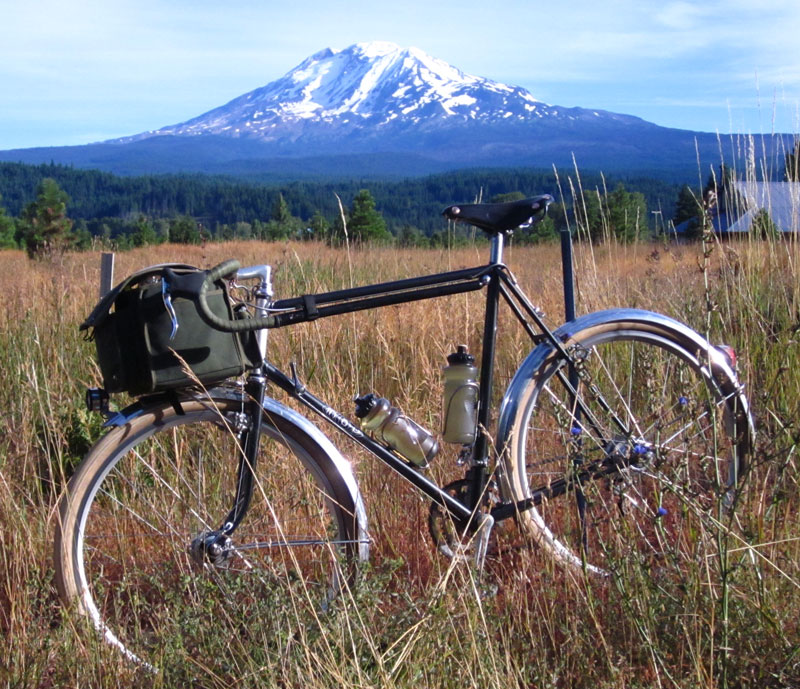
Front Loads
Nine years ago, hauling something on a performance bike meant you put it on a rear rack. For touring, you might use front low-riders, but you always expected to carry the bulk of your weight on the rear. Our research found that front loads are easier to balance, as long as the bike’s front-end geometry is designed for a front load.
Today, front racks have become accepted again. Many city bikes, even from large makers, are equipped with porteur-style racks.
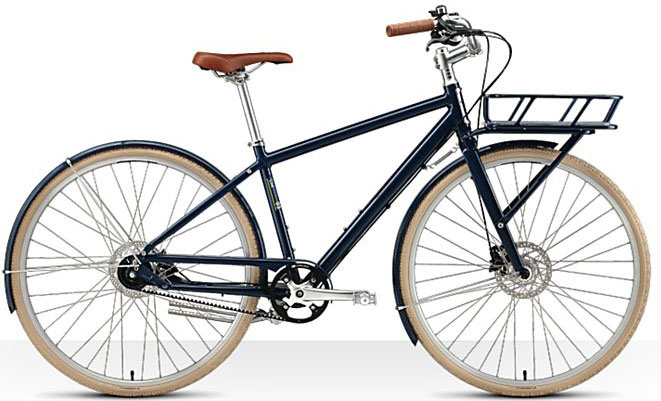
Geometries
For a long time, many cyclists and bicycle makers believed that more geometric trail made bicycles more stable. If you wanted a more stable bike, you added trail.
When some older French bikes turned out to have much less trail than was common nine years ago, some experts declared them “unstable.” We actually rode these bikes, and found them to handle very well. As a result, a more nuanced view of front-end geometry has evolved, which takes into account wheel flop, front loads, tire width and riding position to make bikes handle better even at non-racing speeds and with real loads.
Wider Tires, Lower Pressures
The trend away from ultra-narrow tires already had started long before the first issue of Bicycle Quarterly came off the press. (Do you remember the 18 mm-wide Continental tires that were the non-plus-ultra during the late 1980s?)
However, the idea that higher pressures made tires roll faster remained ingrained in bicycle wisdom, and only narrow tires can be run at very high pressures. Thus, many riders believe that narrower tires are faster than wider ones.
We showed that on real roads, lower pressures did not reduce a tire’s performance. Thus, wider tires at lower pressures can offer the same performance as narrow, high-pressure tires. Since then, many professional riders have experimented with wider tires and lower pressures. And today, even carbon bicycle makers are offering bikes for wider tires.
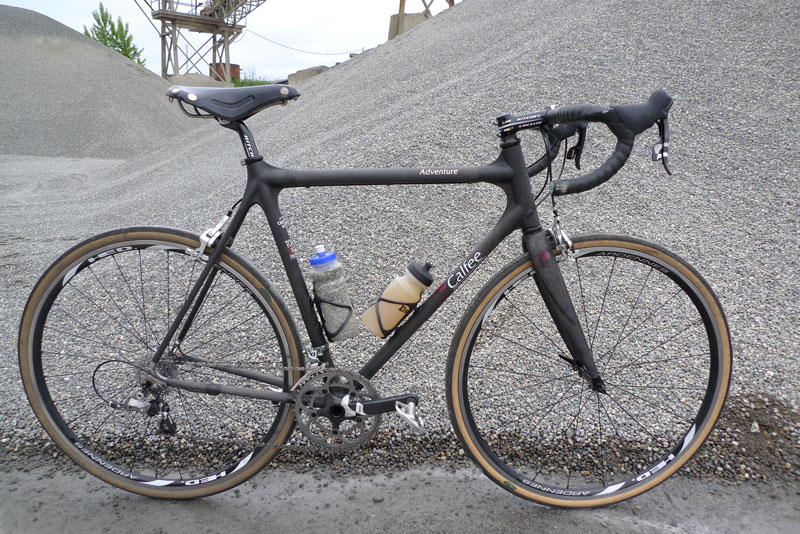
650B and Other Components
I recall stocking up on 650B tires, afraid that soon I would not be able to get them any longer. I feared that I’d never get my dream 650B bike built, unless I found an old fork crown, since new ones no longer were available.
Today, new components are available, whether classic fork crowns, cranks, or even centerpull brakes. Aluminum fenders have gone from “boutique” items to mainstream. Constructeurs turn out new 650B bikes that rival the best of the old ones. I find it incredible that today, I can ride a brand-new René Herse bicycle with 650B wheels, and soon, I’ll even be able to put René Herse cranks on the bike.
Bikes are getting better
When we began testing bikes, we were excited if a bike came equipped with a front rack and lights, even if it was just a Nitto rack bolted to the fork. That was all we could hope for back then.
For years, some readers complained because we compared custom bikes to my 1974 Alex Singer, and not many measured up. It was almost normal for fenders to rattle loose, lights to fall off and other issues to creep up during our 200-mile tests. In recent years, the best bikes available in North America have become so good that a good number now have eclipsed my trusty Singer. The new bikes are so good that I recently replaced my Singer with a new, North American-made bike.
And where we have been wrong
Our understanding has evolved as we conducted our research, and sometimes, we have been wrong. Here are a few examples of things we wrote in Bicycle Quarterly, where we should have thought twice before publishing it:
- “A lower bottom bracket will corner much better…” (Vol. 1, No. 1). We now know that it makes no appreciable difference on the center of gravity of bike-and-rider combined. (The center of gravity of bike-and-rider is about 800-1000 mm off the ground. Lowering the bottom bracket by 10 mm lowers the center of gravity by only about 1%.)
- We believed that any bike could be equipped with a handlebar bag, as long as the bag was mounted low and on a stiff rack (Vol. 1, No. 3). Later, we realized that the front-end geometry should be modified to take the weight of the bag into account.
- We postulated that a tire’s casing weight was a good predictor of a its performance (Vol. 4, No. 1). Since then, we found that casing construction matters much more than weight.
- We thought that high-trail bikes rode poorly in cross-winds because of their large amount of wheel flop. Tony Foale pointed out that the culprit is the lever-arm of the trail, which gives the side force of the wind more leverage over the steering. (Our observation – high trail does not work well in cross-winds – was correct, but our explanation was wrong.)
The Future is Bright
In 2002, there seemed to be little to look forward to. Classic components had been discontinued. Racing bikes and extreme mountain bikes ruled. Custom framebuilders complained about declining orders. There was little hope for progress among “real-world” bicycles.
Today, there is a vibrant culture for real-world bikes. Bicycle Quarterly is proud to have contributed to this positive growth so that we may all enjoy our bicycles more.
